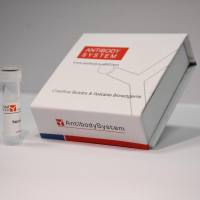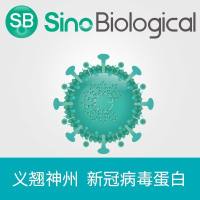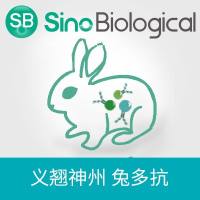General protein export requires the cooperation of two elements, the Sec translocase and a signal sequence. The interactions of both wild type and mutant components can be studied in vivo using a number of genetic systems. Signal sequence mutations that prevent export have been characterized (“down mutations”). Suppressors of these signal sequence mutations, known as prl mutations, have been isolated in most sec genes. More recently, inactive N-terminal regions of cytoplasmic proteins were converted into active signal sequences (“up mutations”).
Alkaline phosphatase (PhoA), an enzyme only active after export to the periplasm, provides the best and most versatile quantitative reporter for protein translocation studies. Cleavable signal sequences can be used to monitor protein export in a time frame of 15–120 s. Chimeric proteins expressed from an inducible promoter can be used to measure kinetics of enzyme accumulation in a time frame of 10–100 min. Finally, the export activity of PhoA-chimeras can be visualized in a semi-quantitative way by staining colonies growing on Petri dishes with a chromogenic substrate, in the time frame of 10–40 h.






